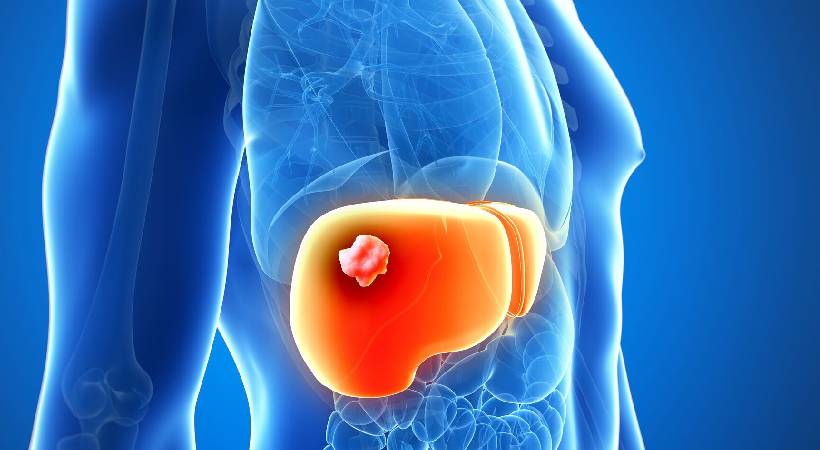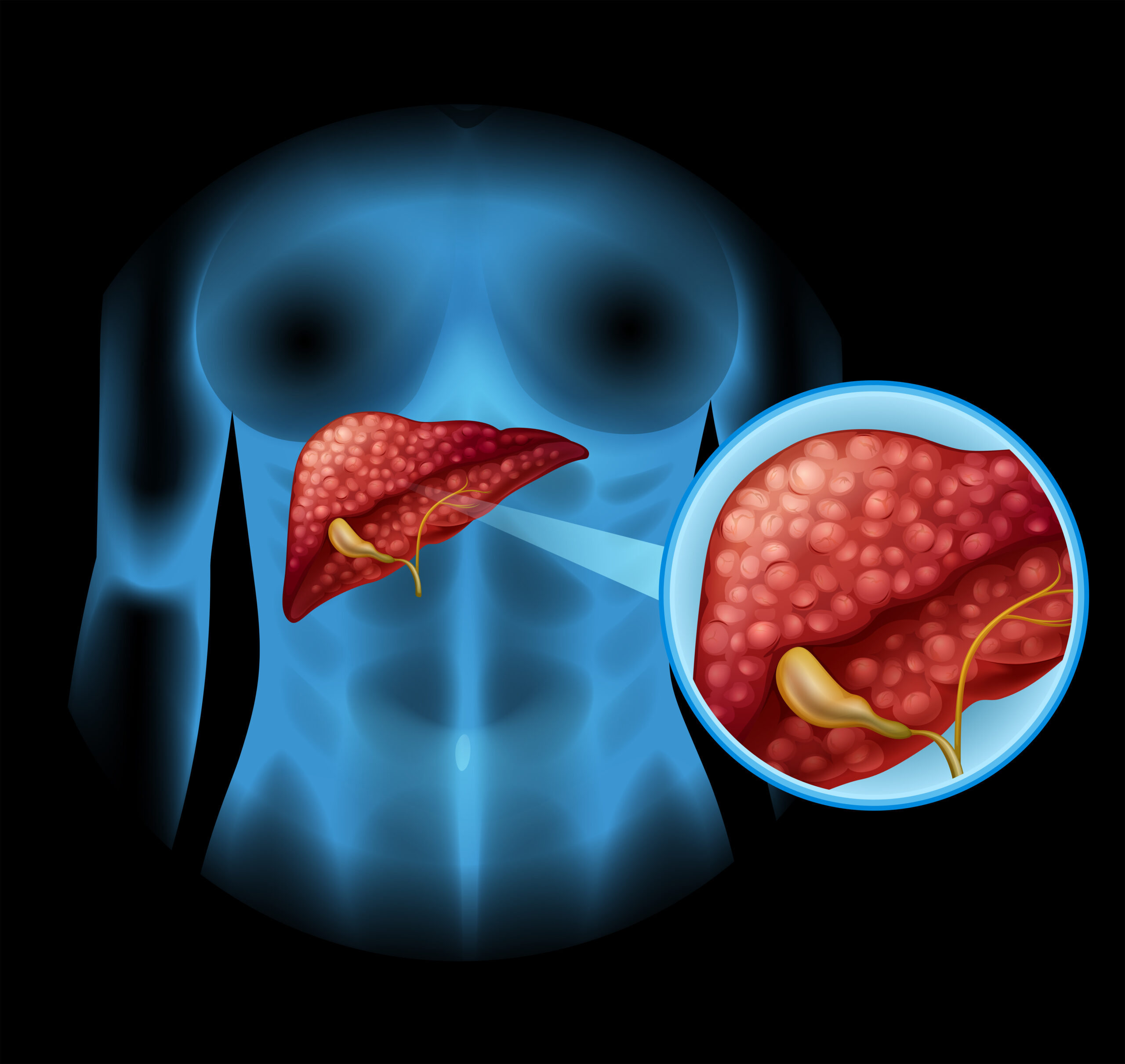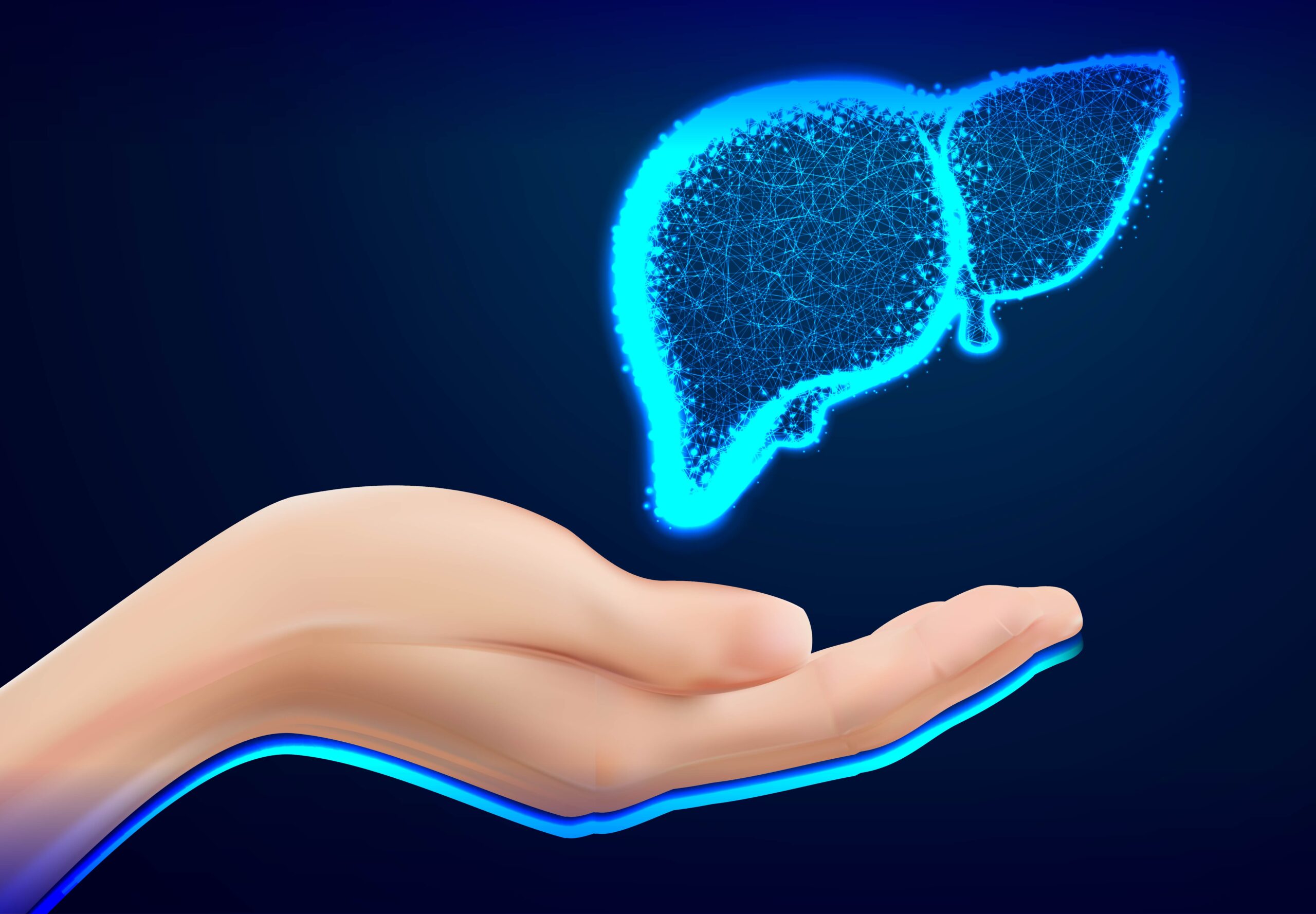The toddler had a huge 20 cm lump sitting on...

The liver is a vital organ responsible for various metabolic processes crucial for maintaining overall health. Among its many functions, it plays a key role in filtering blood from the digestive tract before passing it to the rest of the body. However, like any other organ, the liver is susceptible to a range of disorders, including vascular disorders that affect its blood supply and circulation. Understanding these disorders is essential for early detection, effective management, and prevention of complications.
Anatomy of Liver Vasculature:
Before delving into vascular disorders, it’s essential to grasp the basic anatomy of the liver’s blood supply. The liver receives blood from two main sources: the hepatic artery and the portal vein. The hepatic artery delivers oxygen-rich blood from the heart, while the portal vein carries nutrient-rich blood from the digestive organs. Within the liver, these blood vessels branch into smaller vessels, ultimately supplying oxygen and nutrients to liver cells (hepatocytes) and facilitating the removal of waste products.
Common Vascular Disorders:
- Portal Hypertension:
- Portal hypertension refers to increased blood pressure within the portal vein system. It often results from liver cirrhosis, a condition characterized by the scarring of liver tissue due to long-term liver damage. As the scar tissue replaces healthy liver tissue, it disrupts blood flow, causing pressure to build up in the portal vein and its tributaries.
- Symptoms may include ascites (abdominal fluid accumulation), esophageal varices (enlarged veins in the esophagus), splenomegaly (enlarged spleen), and hepatic encephalopathy (brain dysfunction due to liver failure).
- Management involves addressing the underlying cause, such as liver cirrhosis, and may include medications to reduce portal pressure, procedures to alleviate variceal bleeding, and liver transplantation in severe cases.
- Budd-Chiari Syndrome:
- Budd-Chiari syndrome is a rare disorder characterized by the obstruction or blockage of hepatic veins, which drain blood from the liver. This obstruction can occur due to blood clots, tumors, or other anatomical abnormalities.
- Symptoms may vary depending on the severity of the obstruction but can include abdominal pain, ascites, hepatomegaly (enlarged liver), and jaundice.
- Treatment options include medications to dissolve blood clots, procedures to alleviate vein obstruction (such as angioplasty or stent placement), and, in some cases, liver transplantation.
- Hepatic Artery Disorders:
- Hepatic artery disorders can include conditions such as hepatic artery thrombosis (blockage of the hepatic artery by a blood clot) or hepatic artery aneurysm (abnormal dilation of the hepatic artery).
- Symptoms can vary widely but may include abdominal pain, jaundice, and signs of liver dysfunction.
- Treatment depends on the underlying cause and may involve anticoagulant therapy, surgical intervention to remove blood clots or repair aneurysms, or liver transplantation in severe cases.
Diagnosis and Management:
Diagnosing vascular disorders of the liver typically involves a combination of medical history review, physical examination, imaging tests (such as ultrasound, CT scan, or MRI), and blood tests to assess liver function and identify potential underlying causes. In some cases, a liver biopsy may be necessary to obtain tissue samples for further analysis.
Management of these disorders aims to relieve symptoms, prevent complications, and address the underlying cause whenever possible. This often involves a multidisciplinary approach, with hepatologists, interventional radiologists, and transplant surgeons working together to provide comprehensive care.
Conclusion:
Vascular disorders of the liver represent a diverse group of conditions that can have significant implications for a patient’s health and quality of life. Early detection, accurate diagnosis, and prompt intervention are crucial for improving outcomes and reducing the risk of complications. With advances in medical imaging, interventional techniques, and transplantation, many patients with these disorders can receive effective treatment and lead fulfilling lives with proper medical management. Ongoing research into the underlying mechanisms of these disorders holds promise for the development of novel therapies and improved patient outcomes in the future.
Real Patients, Real Stories
Liver Transplant and Biliary Sciences Blogs
Jupiter Hospital Performs paediatric whole liver transplant
PUNE: An expert team of Jupiter Hospital, Pune performed...
Understanding the Symptoms of Metabolic Liver Diseases
By Dr. Manoj Shrivastav – Liver Specialist in Pune |...
Factors That Affect Your Liver Health
Your liver is one of the most hardworking organs in...





